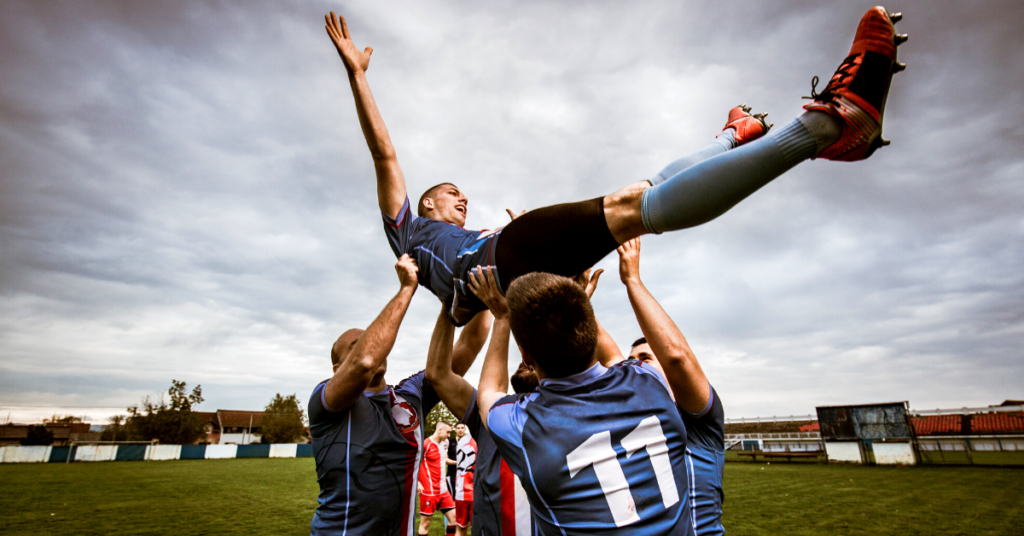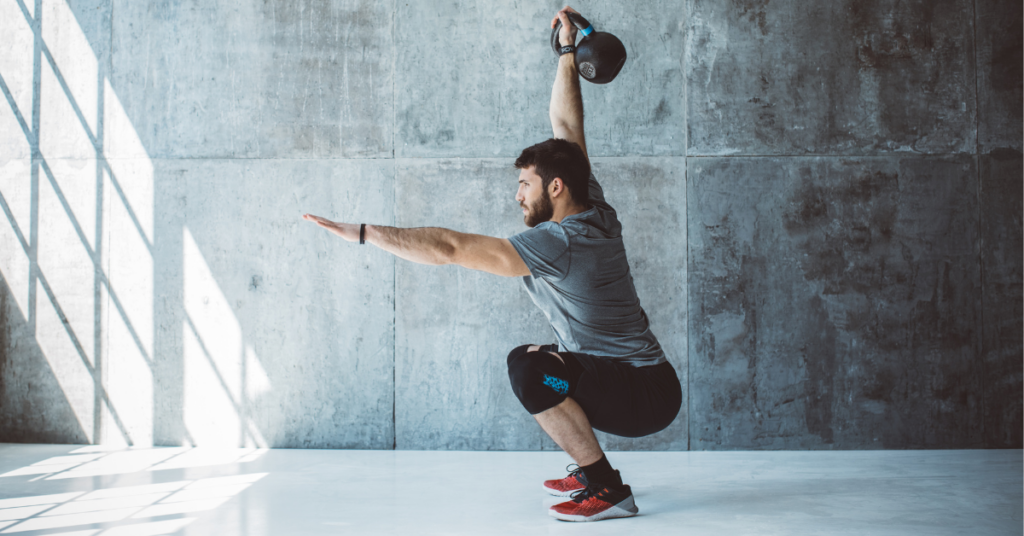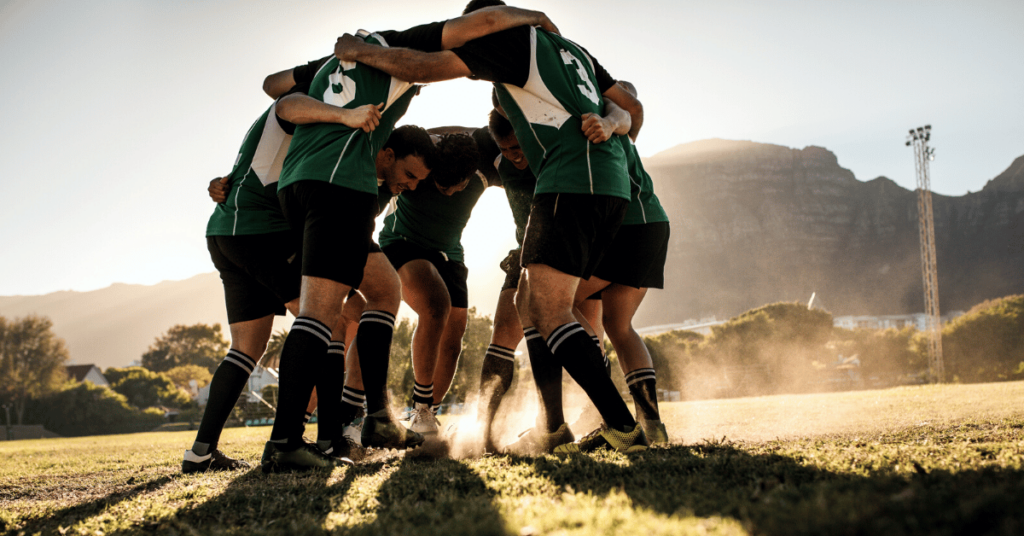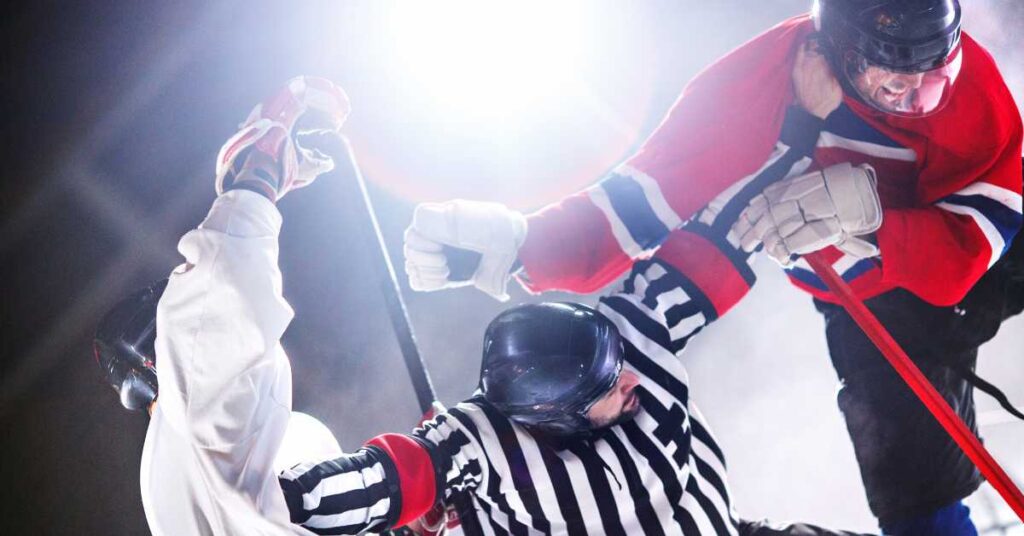Introduction
Team dynamics and effective communication are crucial components of success in team sports. The ability to work together cohesively, communicate clearly, and understand each other’s roles and responsibilities can elevate a team’s performance to new heights. In this article, we will explore the importance of team dynamics and effective communication for athletes. We will discuss strategies to build trust and cohesion, effective communication techniques, conflict resolution strategies, the role of leadership, and the importance of fostering a supportive team environment.
Understanding Team Dynamics
Team dynamics refer to the interactions, relationships, and processes within a team that influence its overall performance. It involves understanding each other’s strengths, weaknesses, and roles within the team. Team dynamics play a significant role in fostering collaboration, motivation, and success.
Building Trust and Cohesion
Trust and cohesion are essential elements of effective team dynamics:
Developing Trust among Teammates: Trust is built through open and honest communication, reliability, and mutual respect. Athletes must trust that their teammates will fulfill their responsibilities and support each other in achieving common goals.
Promoting a Positive Team Culture: Creating a positive team culture fosters a sense of belonging, support, and unity. Celebrating successes, providing constructive feedback, and encouraging teamwork contribute to a positive team environment.
Effective Communication Strategies
Effective communication is the backbone of successful team dynamics:
Importance of Communication in Team Sports: Communication allows teammates to coordinate efforts, share information, and make decisions collectively. It enhances understanding, minimizes errors, and fosters cohesion.
Active Listening and Clear Communication: Active listening involves paying full attention to the speaker, seeking clarification when needed, and responding appropriately. Clear and concise communication ensures that messages are conveyed accurately and understood by all team members.
Nonverbal Communication
Nonverbal communication plays a significant role in team dynamics:
Body Language and its Impact on Team Dynamics: Body language conveys emotions, intentions, and attitudes. Athletes must be aware of their own body language and interpret their teammates’ nonverbal cues to enhance communication and understanding.
Nonverbal Cues for Effective Communication: Eye contact, facial expressions, gestures, and posture are nonverbal cues that can convey messages and emotions. Athletes can utilize these cues to enhance communication and establish rapport with their teammates.
Conflict Resolution
Conflict is inevitable in team sports, and addressing it constructively is crucial:
Common Sources of Conflicts in Sports Teams: Conflicts can arise from differences in opinions, playing time, or competition for positions. Miscommunication and unaddressed issues can also lead to conflicts. Understanding the sources of conflicts helps in resolving them effectively.
Strategies for Resolving Conflicts Constructively: Constructive conflict resolution involves active listening, understanding different perspectives, and finding mutually beneficial solutions. Open communication, mediation, and compromise are effective strategies for resolving conflicts within teams.
Leadership and Team Roles
Leadership and clearly defined roles contribute to positive team dynamics:
The Role of Leaders in Team Dynamics: Team leaders set the tone for the team and inspire their teammates. They provide guidance, support, and facilitate effective communication within the team.
Establishing and Clarifying Team Roles: Clearly defined roles and responsibilities ensure that every team member understands their contributions and expectations. This clarity fosters a sense of purpose and accountability within the team.
Adaptability and Flexibility
Adaptability and flexibility are essential for successful team dynamics:
Embracing Change and Adapting to Different Situations: Sports teams face various situations that require adaptability, such as changes in strategies, opponents, or unforeseen circumstances. Embracing change and adapting quickly contribute to team success.
Flexibility in Roles and Strategies: Being open to adjusting roles, strategies, and game plans when necessary allows teams to optimize their performance. Flexibility promotes teamwork and allows teams to respond effectively to challenges.
Building a Supportive Team Environment
A supportive team environment is crucial for success and well-being:
Encouraging Teamwork and Collaboration: Emphasizing the value of teamwork and collaboration creates a supportive environment where teammates work together towards a common goal. Encouraging cooperation and recognizing each other’s contributions fosters team unity.
Celebrating Successes and Supporting Each Other: Celebrating individual and team successes boosts morale and reinforces a positive team culture. Supporting each other during challenging times builds resilience and camaraderie within the team.
Overcoming Challenges Together
Teamwork is crucial in overcoming challenges:
Teamwork in Challenging Situations: During difficult moments, teams must come together, support each other, and problem-solve collectively. The combined effort, synergy, and trust within the team can help overcome challenges and achieve success.
Problem-Solving and Decision-Making as a Team: In challenging situations, teams should engage in open dialogue, gather input from all members, and make collective decisions. Problem-solving as a team enhances ownership and commitment to the solutions.
Frequently Asked Questions (FAQs)
Q1: How can effective communication improve team performance?
Effective communication improves team performance by enhancing coordination, minimizing errors, and fostering cohesion. Clear and concise communication ensures that information is conveyed accurately, leading to better understanding and effective collaboration.
Q2: What are the common barriers to effective communication in sports teams?
Common barriers to effective communication in sports teams include lack of active listening, misinterpretation of messages, ego clashes, and ineffective feedback. Additionally, distractions, noise, and language barriers can also hinder communication.
Q3: How can conflict impact team dynamics, and how can it be resolved?
Conflict can negatively impact team dynamics by creating tension, reducing trust, and hampering communication. Constructive conflict resolution strategies involve active listening, understanding different perspectives, and finding mutually beneficial solutions through open communication and compromise.
Q4: What qualities make a good team leader in sports?
Good team leaders in sports possess qualities such as effective communication skills, emotional intelligence, the ability to inspire and motivate teammates, and the capacity to make fair decisions. They also exhibit strong interpersonal skills, lead by example, and foster a positive team culture.
Q5: How can teams foster a positive and supportive team environment?
Teams can foster a positive and supportive team environment by encouraging teamwork and collaboration, celebrating successes, providing constructive feedback, and promoting open and honest communication. Building trust, establishing clear roles, and supporting each other during challenging times also contribute to a positive team environment.
In conclusion, team dynamics and effective communication are crucial for athletes’ success in team sports. By understanding team dynamics, building trust, promoting effective communication strategies, addressing conflicts constructively, embracing leadership and team roles, cultivating adaptability, fostering a supportive team environment, and overcoming challenges together, athletes can enhance their performance and experience the power of teamwork. Remember, effective communication and strong team dynamics are the foundation for achieving collective goals and maximizing the potential of every team member.







